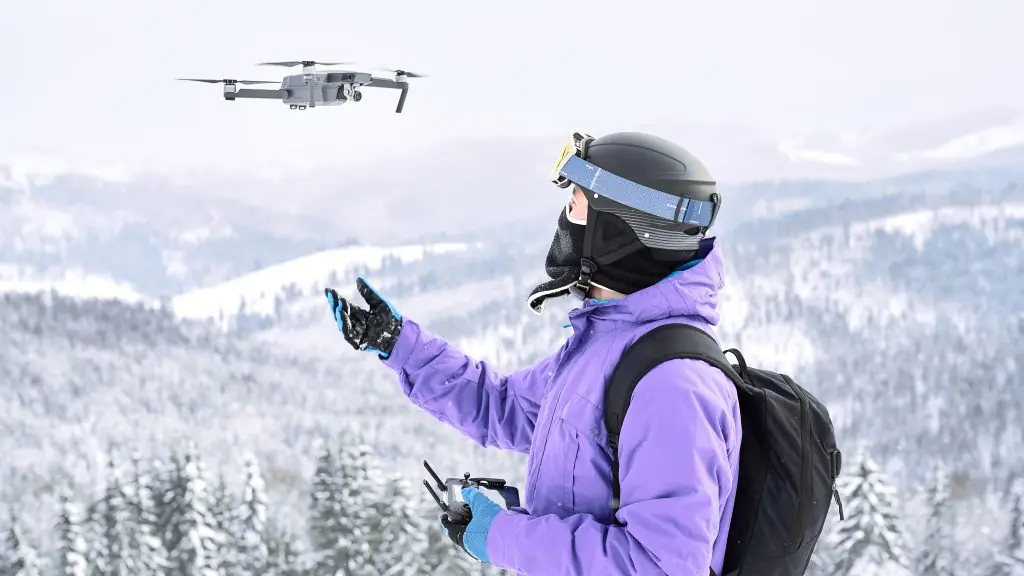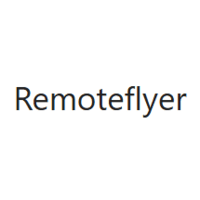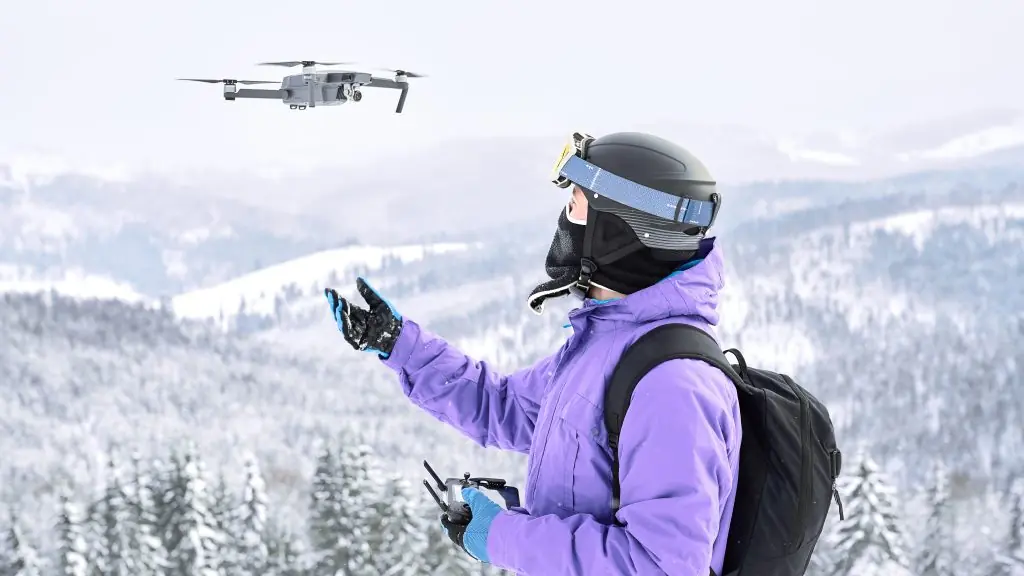A Beginner’s Guide to Drone Flying: Tips and Tricks from Remote Flyer

Strong 8k brings an ultra-HD IPTV experience to your living room and your pocket.
In recent years, drones have become an exciting hobby and a useful tool for various industries, from filmmaking to agriculture. For anyone who’s just starting out in the world of drone flying, the possibilities can feel endless—whether you’re capturing stunning aerial shots, exploring new terrains, or just enjoying the freedom of flight. At Remote Flyer, we believe in making the journey of flying drones as enjoyable and educational as possible. In this post, we’ll guide you through the essential tips and tricks that every drone beginner should know.
Why Start Flying Drones?
Drones offer a blend of technology, adventure, and creativity that few other hobbies can match. Whether you are an aspiring photographer, a tech enthusiast, or someone who simply enjoys a good challenge, drones open up a whole new world. From navigating through obstacles to capturing breathtaking aerial views, the experience of flying a drone is something that becomes more rewarding the more you practice.
At Remote Flyer, we’re passionate about drones, and we aim to provide both beginners and experienced pilots with valuable insights, tips, and resources. Now, let’s get started with the basics!
Step 1: Choosing the Right Drone for Beginners
As a beginner, the first and most important step is selecting the right drone. With so many options available, it can be overwhelming, but choosing wisely will set you up for success. When shopping for your first drone, consider these key factors:
Price: Starting with an affordable drone is a smart choice. Many budget-friendly models, such as the DJI Mini SE or Holy Stone HS720, offer great performance without breaking the bank.
Stability and Ease of Use: Look for a drone with stable flight features like altitude hold, automatic return to home, and easy takeoff/landing controls. These features will make your first flights smoother and less stressful.
Camera Quality: If you’re interested in aerial photography, consider a drone with a camera that records in at least 1080p quality. This ensures you get decent images and videos without needing to invest in an expensive model right away.
Battery Life: Battery life can range from 10 to 30 minutes, depending on the drone’s size and features. Start with a model that provides a good balance of flight time and allows you to buy additional batteries for extended sessions.
Step 2: Learn the Rules and Regulations
Before you take flight, it’s important to familiarize yourself with local drone regulations. At Remote Flyer, we emphasize the importance of flying responsibly and legally. Here are some common rules to keep in mind:
Altitude Limits: In most countries, drones should not fly higher than 400 feet above ground level. Be sure to stay within the legal altitude limits.
Avoid Restricted Areas: Drones should not be flown near airports, military zones, or any other restricted airspace. Many apps and tools can help you map out safe areas for flying.
Registration and Certification: In the U.S., for example, drones over 250 grams must be registered with the FAA, and recreational pilots must complete an online test to fly legally. Always check your country’s regulations before taking off.
Step 3: Master the Basic Flight Skills
Once you have your drone and you understand the rules, it’s time to practice. Here are a few beginner tips to help you get started:
Start Small: If you can, practice indoors with a small, lightweight drone that’s less likely to get damaged in case of a crash. This helps you get comfortable with basic controls in a controlled environment.
Take It Slow: Focus on mastering simple movements, such as hovering, rotating, and moving in different directions. Control your drone with smooth, steady movements to avoid jerky or abrupt actions that could lead to accidents.
Use Simulators: Many drone models come with a simulator mode that mimics the experience of flying without actually lifting off. This is a great way to practice without the risk of crashing.
Control Your Drone’s Height: Being able to maintain altitude and control your drone’s height is essential for stable flight. Practice holding your drone steady at different heights to get a feel for its response.
Step 4: Capture Stunning Aerial Shots
One of the most exciting aspects of drone flying is the ability to capture amazing aerial footage. Here’s how you can take your drone photography to the next level:
Use the Right Lighting: The golden hour—just after sunrise or just before sunset—is the best time for drone photography. The lighting is softer, creating beautiful, cinematic images.
Rule of Thirds: When framing your shots, use the rule of thirds to position your subject off-center for a more balanced and visually appealing composition.
Smooth Movements: For video, smooth, continuous movements are essential. Avoid jerky motions and instead practice slow, deliberate movements for a professional look.
Step 5: Maintain Your Drone
Taking care of your drone is key to ensuring it stays in good working condition for longer. At Remote Flyer, we recommend following these maintenance tips:
Check for Damage: Always inspect your drone before and after each flight to check for any signs of wear or damage to propellers and other parts.
Keep the Camera Clean: Clean the camera lens regularly to ensure that your photos and videos are clear and sharp.
Update Firmware: Just like any tech gadget, drones often receive firmware updates. Make sure your drone’s software is up to date to ensure optimal performance.
Store Properly: Always store your drone in a dry, safe place when not in use. Make sure to remove the battery if you're not flying it for an extended period.
Final Thoughts
Flying drones is an exciting and rewarding hobby, and with the right preparation, anyone can become a skilled drone pilot. Whether you're flying for fun or pursuing photography, drones offer endless possibilities for adventure and creativity. At Remote Flyer, we’re committed to helping you grow in this hobby by providing useful tips, expert advice, and all the resources you need to succeed.
Note: IndiBlogHub features both user-submitted and editorial content. We do not verify third-party contributions. Read our Disclaimer and Privacy Policyfor details.



